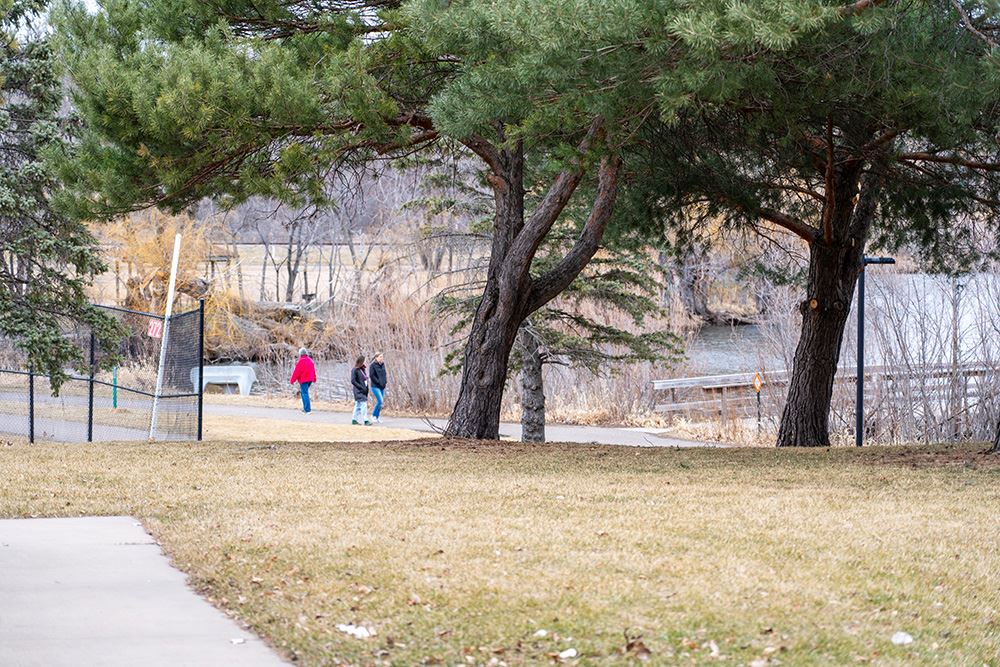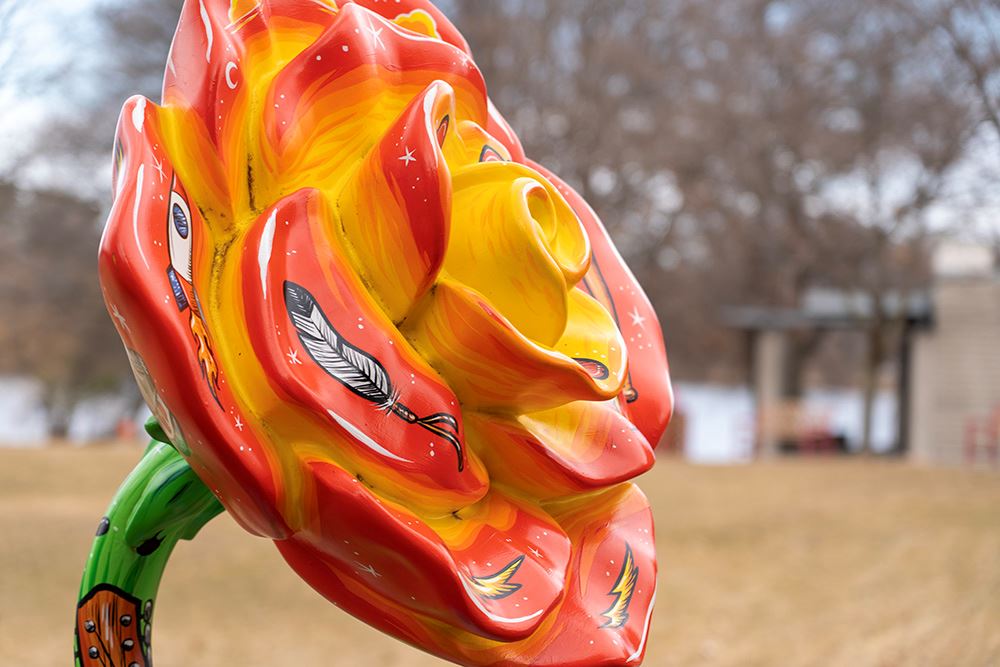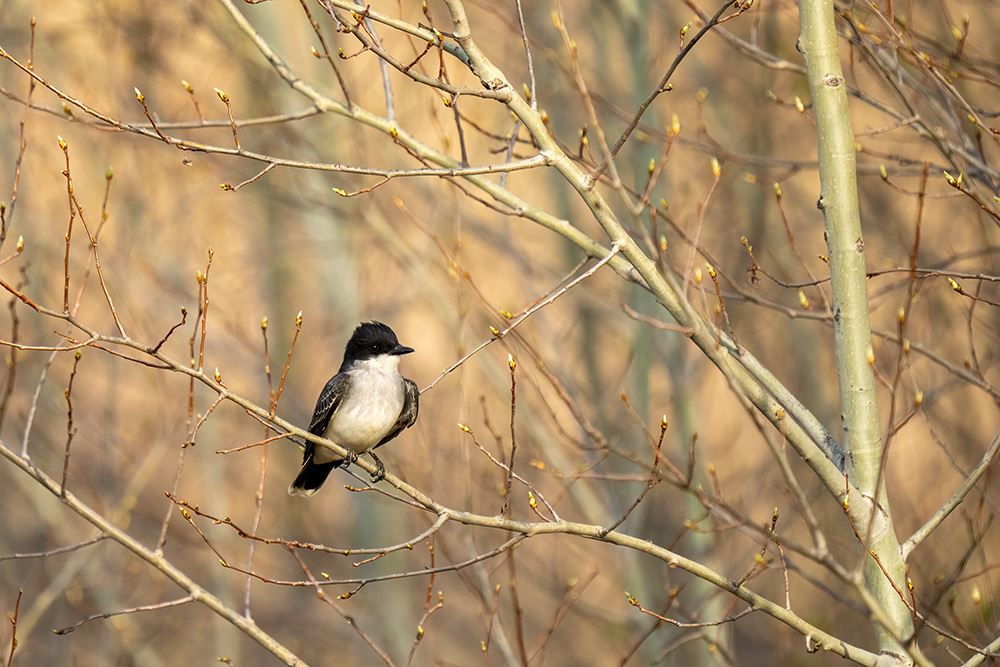Take a stroll through Roseville’s Central Park this week, and visitors will notice some trees already budding weeks before the official start of spring, months before trees typically bud here in Minnesota.
 This year’s warm winter weather isn’t just disorienting for people. It’s also affecting trees, plants, and animals, said City of Roseville Forestry Coordinator Anita Twaroski.
This year’s warm winter weather isn’t just disorienting for people. It’s also affecting trees, plants, and animals, said City of Roseville Forestry Coordinator Anita Twaroski.
Trees go dormant when temperatures drop below freezing and stay dormant for a certain period of time depending on the species. Warming temperatures, typically in April and May, signal trees to emerge from dormancy and start budding.
This winter’s mild temperatures mean trees are emerging from that dormancy early.
“We’ve already seen articles about sap flowing in the Maples in January. That’s not normal. That usually occurs in March,” Twaroski said.
Two scenarios could end up playing out. 
Best case scenario: “What may end up happening is we’ll have a longer growing season this year if we can have consistent moisture,” she said.
That could mean leaves and flowers in April and May followed by a luxuriously long growing season.
Worst case scenario: A cold snap could derail this head start. Another hard freeze this spring could destroy many of these buds. This has happened before. Snowstorms in April threw a cold blanket on any hopes of any early spring several times in recent years.
 “It won’t kill the trees, but it can cause a setback. The leaves will develop smaller and the flowers will be smaller. They won’t be as robust,” Twaroski said.
“It won’t kill the trees, but it can cause a setback. The leaves will develop smaller and the flowers will be smaller. They won’t be as robust,” Twaroski said.
What can homeowners and city staff do to help trees thrive?
It’s also been a dry winter, so regular watering during the growing season is critical, Twaroski said.
Trees, even large trees, need an inch of water a week,” Twaroski said.
One way to track that is to set up your sprinkler near your tree and leave an empty tuna can underneath the spray. When the can is full of water, you know you’ve watered enough for the week.
The City of Roseville had an AmeriCorps intern whose primary role last summer was to water the more than 1,000 new trees planted in parks and along boulevards in recent years. The city will continue with those crucial watering efforts this year.
More about how this wild winter is affecting wildlife:
Warm winter could mean ecological ripple effects on Minnesota forests, wildlife | MPR News